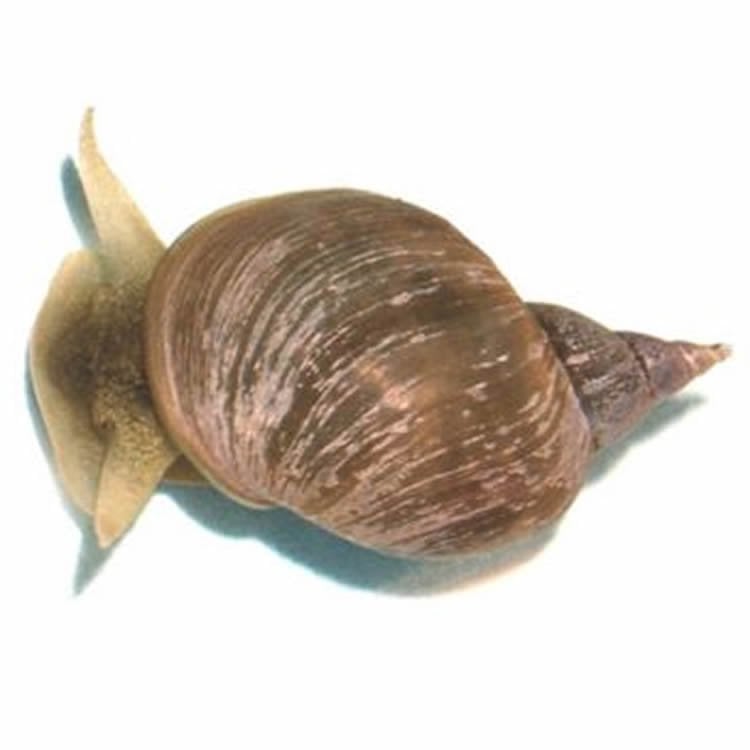Summary: A new study reports on how just two neurons may hold the key to explaining how complex behavioral decisions are made.
Source: University of Sussex.
Research could help inform how robots’ ‘brains’ are designed.
Scientists at the University of Sussex have discovered how just two neurons in the brain hold the key to explaining how complex behavioural decisions are made.
In the first-of-its-kind study, published today in Nature Communications, scientists from the University studied the brain activity of freshwater snails and discovered how a circuit comprising of just two neurons can drive a sophisticated form of decision making.
Scientists, from Sussex Neuroscience, monitored the snails’ behaviour whilst they made decisions in their search for food (in this case lettuce). The researchers then measured the activity in the snail’s brain by using electrodes to record small electrical changes, called action potentials, in individual neurons.
They discovered a controller type neuron which lets the snail’s brain know potential food is present and a second neuron which transmits signals telling the snail’s brain what it’s motivational state is, i.e., whether it’s hungry or not. The scientists also reveal how the system, created by the neurons, enables the snails to save energy by reducing brain activity when food is not found.

Professor George Kemenes, of the University of Sussex, who led the study, said: “What goes on in our brains when we make complex behavioural decisions and carry them out is poorly understood.
“Our study reveals for the first-time how just two neurons can create a mechanism in an animal’s brain which drives and optimizes complex decision making tasks. It also shows how this system helps to manage how much energy they use once they have made a decision.
“Our findings can help scientists to identify other core neuronal systems which underlie similar decision making processes. This will eventually help us design the ‘brains’ of robots based on the principle of using the fewest possible components necessary to perform complex tasks.”
Food-searching is an example of a goal-directed behaviour which is essential for survival. During goal-directed decision making, such as searching for food, animals must integrate information about both their external environment and their internal state in order to find food whilst using minimal energy.
Funding: This work was funded by the Biology and Biotechnology Research Council (BBSRC/BB/H009906/1) to G.K. and M.C. K.S. was supported by funding from BBSRC/BB/K019015/1.
Source: Lynsey Ford – University of Sussex
Image Source: This NeuroscienceNews.com image is adapted from the University of Sussex press release.
Original Research: Full open access research for “A two-neuron system for adaptive goal-directed decision making in Lymnaea” by Michael Crossley, Kevin Staras and György Kemenes in Nature Communications. Published online June 3 2016 doi:10.1038/ncomms11793
[cbtabs][cbtab title=”MLA”]University of Sussex. “Snails Reveal How Two Brain Cells Can Hold the Key to Decision Making.” NeuroscienceNews. NeuroscienceNews, 3 June 2016.
<https://neurosciencenews.com/neurons-decision-making-4370/>.[/cbtab][cbtab title=”APA”]University of Sussex. (2016, June 3). Snails Reveal How Two Brain Cells Can Hold the Key to Decision Making. NeuroscienceNews. Retrieved June 3, 2016 from https://neurosciencenews.com/neurons-decision-making-4370/[/cbtab][cbtab title=”Chicago”]University of Sussex. “Snails Reveal How Two Brain Cells Can Hold the Key to Decision Making.” https://neurosciencenews.com/neurons-decision-making-4370/ (accessed June 3, 2016).[/cbtab][/cbtabs]
Abstract
A two-neuron system for adaptive goal-directed decision making in Lymnaea
During goal-directed decision-making, animals must integrate information from the external environment and their internal state to maximize resource localization while minimizing energy expenditure. How this complex problem is solved by the nervous system remains poorly understood. Here, using a combined behavioural and neurophysiological approach, we demonstrate that the mollusc Lymnaea performs a sophisticated form of decision-making during food-searching behaviour, using a core system consisting of just two neuron types. The first reports the presence of food and the second encodes motivational state acting as a gain controller for adaptive behaviour in the absence of food. Using an in vitro analogue of the decision-making process, we show that the system employs an energy management strategy, switching between a low- and high-use mode depending on the outcome of the decision. Our study reveals a parsimonious mechanism that drives a complex decision-making process via regulation of levels of tonic inhibition and phasic excitation.
“A two-neuron system for adaptive goal-directed decision making in Lymnaea” by Michael Crossley, Kevin Staras and György Kemenes in Nature Communications. Published online June 3 2016 doi:10.1038/ncomms11793






